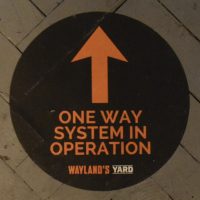 Since the relaxation of COVID-19 restrictions in England at the start of July, I’ve been visiting coffee shops again, including some in London, Reading, Chester, Birmingham and Liverpool. Although I haven’t been anywhere I’ve felt unsafe, there are big differences in how individual coffee shops have interpreted and implemented the COVID-19 guidelines and the measures that they’ve put in place.
Since the relaxation of COVID-19 restrictions in England at the start of July, I’ve been visiting coffee shops again, including some in London, Reading, Chester, Birmingham and Liverpool. Although I haven’t been anywhere I’ve felt unsafe, there are big differences in how individual coffee shops have interpreted and implemented the COVID-19 guidelines and the measures that they’ve put in place.
This post (the first of two) looks at some of these different measures, highlighting what has worked for me in terms of making me feel extra secure when visiting a coffee shop (whether I’m actually any safer is another matter). Wherever possible, I’ve illustrated my points with specific examples from coffee shops that I’ve visited.
That different coffee shops have chosen to implement the guidelines differently doesn’t surprise or bother me, since this was always going to be the case, often dictated by the physical layout of the shop. Similarly, I’d hate this post to be taken as a “must do” guide, although there are things that most coffee shops could do to improve. It’s also worth saying that I’ve deliberately tried to visit coffee shops when they are quiet, although over the last few weeks, I’ve noticed places getting busier across the board.
With all that in mind, you can see what I’ve learnt after the gallery.
When I first went to London in mid-July, I really didn’t know what to expect, part of me fearing that I really wouldn’t enjoy the coffee shop experience once all the COVID-19 restrictions were in place. However, my fears have been proved to be unfounded and that’s largely down to the excellent job that all the coffee shops I’ve visited have done in keeping their staff and customers safe.
This process starts before I even step into the coffee shop. I’m looking for information on what I’m expected to do (and, perhaps just as importantly, what I’m not expected to do), along with clear visual signs. Queuing systems and/or one-way systems really help, along with markings on the floor, showing you where to stand.
This latter point is well covered by almost all the coffee shops that I’ve visited, with clear markings on the floor in many cases. However, when it comes to provision of information, this is one area where I feel that many coffee shops could do better. For example, do I need to wait outside before being called in? Am I expected to wear I mask when moving around inside? Maybe it’s just me, but I find it reassuring to know what’s expected of me.
One of the best examples is Iris & June, which has a wealth of information posted in the window, including what customers are expected to do and the steps the Iris & June is taking to keep staff and customers safe. Similar, Quarter Horse Coffee in Birmingham does a good job with clear information posted on the door. Back in London, Kafi keeps its information short and sweet, while Attendant has the posters just inside the entrance. My final example is also from London, where Kaffeine provides every table with an information sheet.
Despite this, the provision of information at shops is patchy. However, in comparison, provision of information on-line is very poor, with the majority of coffee shop websites being out-of-date. Some still say that the shop is closed due to COVID-19, even after they’ve reopened, while very few have updated their opening times and almost no-one mentions their COVID-19 precautions. C’mon guys, you can do better than this!
While providing clear information to customers is something which I believe that all coffee shops can do, the next thing on my list is more dependent on layout and staffing. You can read about it after the gallery.
Controlling entry into the premises isn’t something that most coffee shops have had to think about before, although it’s second nature in restaurants, where you’re typically greeted by a member of staff at the door. However, with coffee shops, customers are used to walking in and queuing up at the counter (this often happens to confused customers, even when the coffee shop has table service!).
However, with COVID-19 (literally) in the air, reducing people’s need to move around once inside is a sensible measure. There are many ways of achieving this, with table service at one end of the scale, although that comes with extra staffing costs. This is the route that’s been taken by Chester’s The Flower Cup for example, where you’re asked to wait at the door to be seated. The Flower Cup offers a full, restaurant-style table service, complete with your bill being brought to your table, so you never have to go up to the counter.
Other coffee shops, such as Kaffeine and The Press Room in Surbiton, have taken the step of physically preventing you from entering the shop by placing a rope across the door. Rather than offer full table service, you order and pay at the door, with the food and drinks brought to your table, again removing need queue inside or go up to the counter.
At the other end of the scale are shops such as Chester’s Little Yellow Pig and Bean & Cole, plus Coffee Under Pressure in Reading and Faculty in Birmingham, where you’re asked to wait at the door until called in, something which works well if the counter is in line-of-sight of the door, but is otherwise impractical. However, in all these cases, once inside, you still queue at the counter.
An alternative approach is on-line ordering. Although I’m aware of coffee shops which allow you to order ahead/on-line, I’ve only seen this really pushed at Notes (both at its Trafalgar Square and King’s Cross locations) where there is a QR Code on each table. Scanning this takes you to a website, where you can order and pay, the staff bringing your food and drinks out when they’re ready. Again, this removes the need to queue at the counter, and, if you’re sitting outside, means you don’t even have to go into the coffee shop at any point.
There’s more that coffee shops can do to keep customers physically separate and reduce the amount of movement around the coffee shop, which I’ll talk about after the gallery.
Controlling entry and reducing or removing the need to queue at the counter are both sensible approaches. Another measure is to introduce a one-way system so that customers can be kept apart if they do have to move around inside. It also helps to separate customers coming in from those leaving. So, for example, even though The Flower Cup has door control and table service, it also has a one-way system if you do have to move around inside.
Another example is Wayland’s Yard in Birmingham, which made the most of its large interior to introduce a one-way system. You enter on the left, which takes you up to the counter, then you loop around and exit on the right, the two sides being physically separated by barriers down the centre. Not that you need to be big to have a one-way system. Even small places such as London’s Coffee Addict and Chester’s Short + Stout have managed it.
The best examples I’ve seen are in coffee shops with two doors, where one is used as an entrance and the other as an exit. Ngopi in Birmingham is a good example, while the most extreme one-way system is Chester’s Little Yellow Pig, which makes the most of having two rooms, each with its own door. You enter via one room, where you order at the counter, go through to the other room to take a seat, then leave via the far door.
So far, I’ve focused on sit-in customers, but a big issue for many coffee shops is catering for both the sit-in and the takeaway trade, particularly when it comes to ensuring that takeaway customers, either queuing to order or waiting for their drinks, aren’t in close proximity to sit-in customers. In this respect, a good one-way system and/or a large shop can help immensely. Returning to the example of the Little Yellow Pig, the counter is in one room and the seating in another, so takeaway customers never come anywhere near those sitting down with their drinks and food.
However, the best example I’ve seen in a single-room coffee shop is The Press Room in Surbiton. This is blessed by a retractable front window, which has been turned into a takeaway counter, while sit-in customers enter via the door on the right, ensuring complete separation. I’ve seen an alternative way of handling this at both The Flower Cup, in Chester, and London’s Kaffeine. Here you’re greeted at the door, which is as far as you get if you are ordering takeaway. In both cases, you order and pay at the door, then wait outside while your coffee is brought to you.
In conclusion, there’s plenty that coffee shops can (and do) do to keep everyone safe during the COVID-19 pandemic. In this post, I’ve concentrated on information and on systems to keep people physically separated, while in Part II, I look at other methods to help prevent the spread of the disease.
One thing I will say, in closing, is that much of what I’ve described relies on people reading the signs and following the rules. For example, one-way systems only work if people follow them. So, please don’t be that person who breaks the system either through ignorance or, worse still, deliberate action.
If you liked this post, please let me know by clicking the “Like” button. If you have a WordPress account and you don’t mind everyone knowing that you liked this post, you can use the “Like this” button right at the bottom instead. [bawlu_buttons]
Don’t forget that you can share this post with your friends using the buttons below.

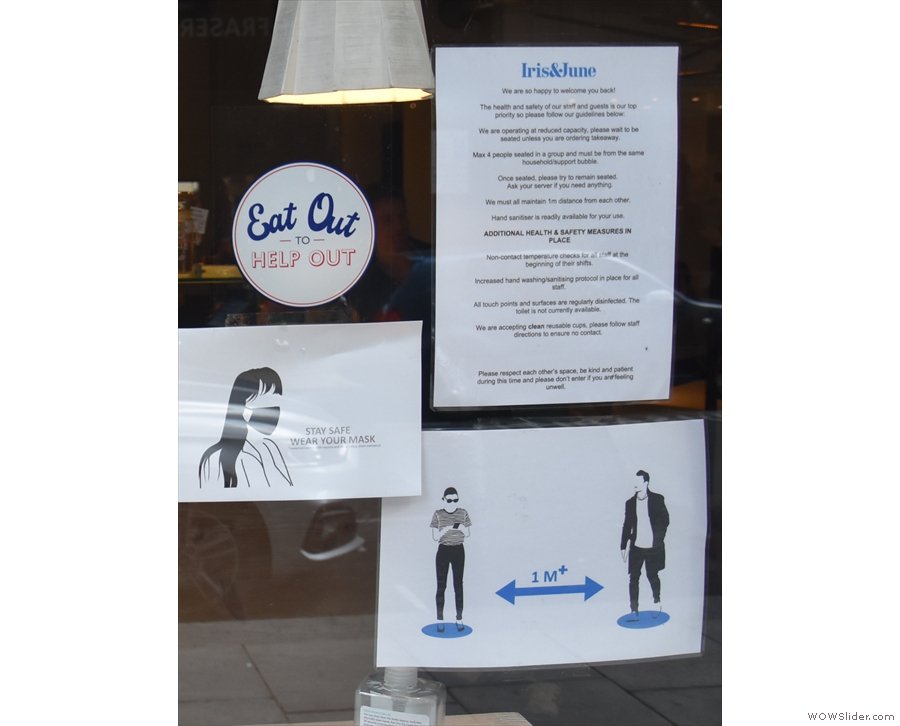
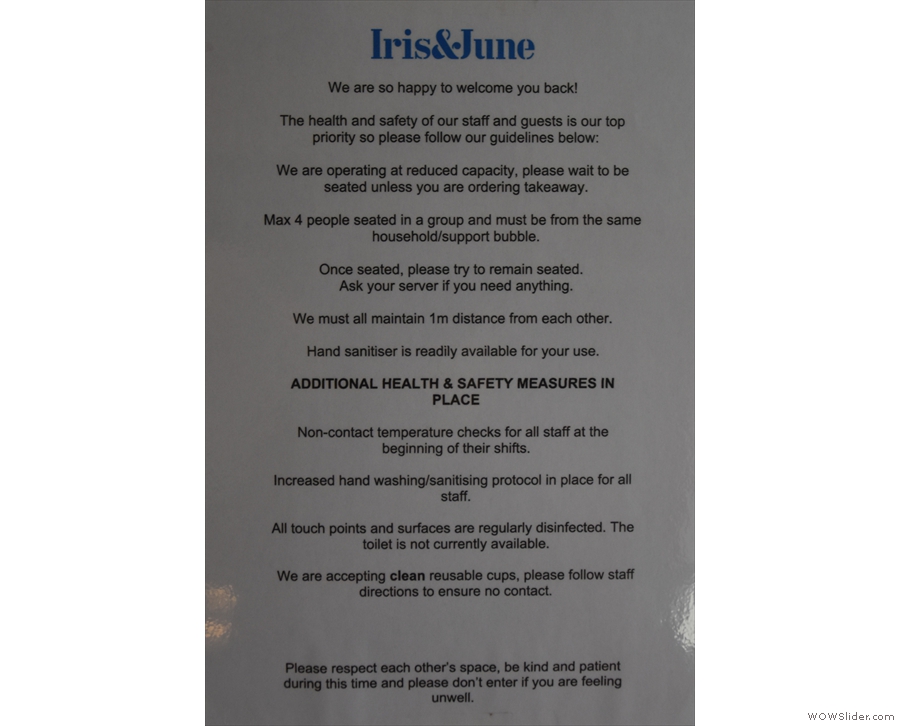
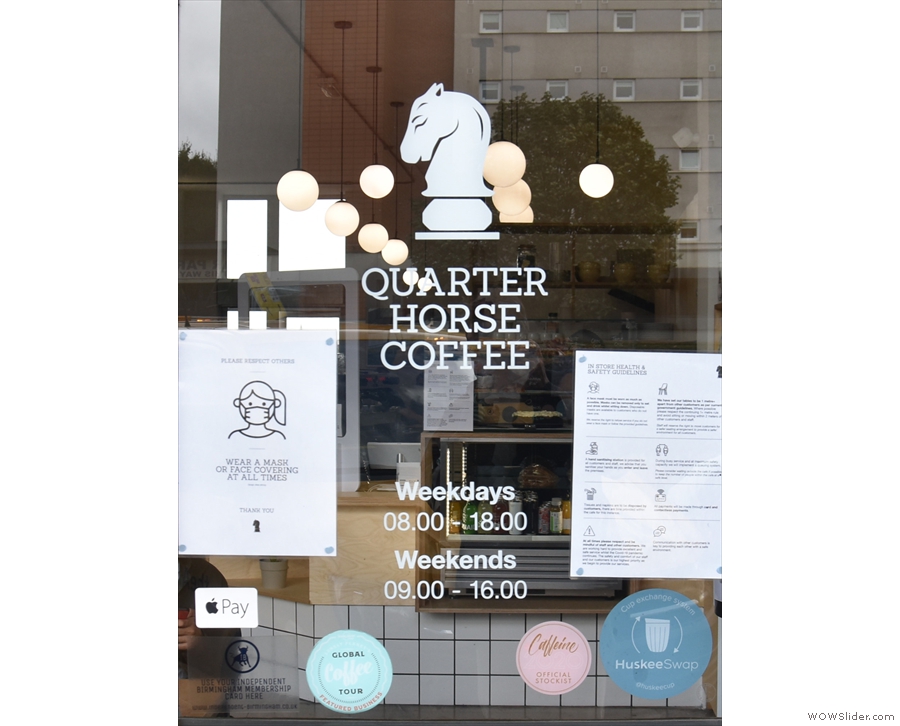
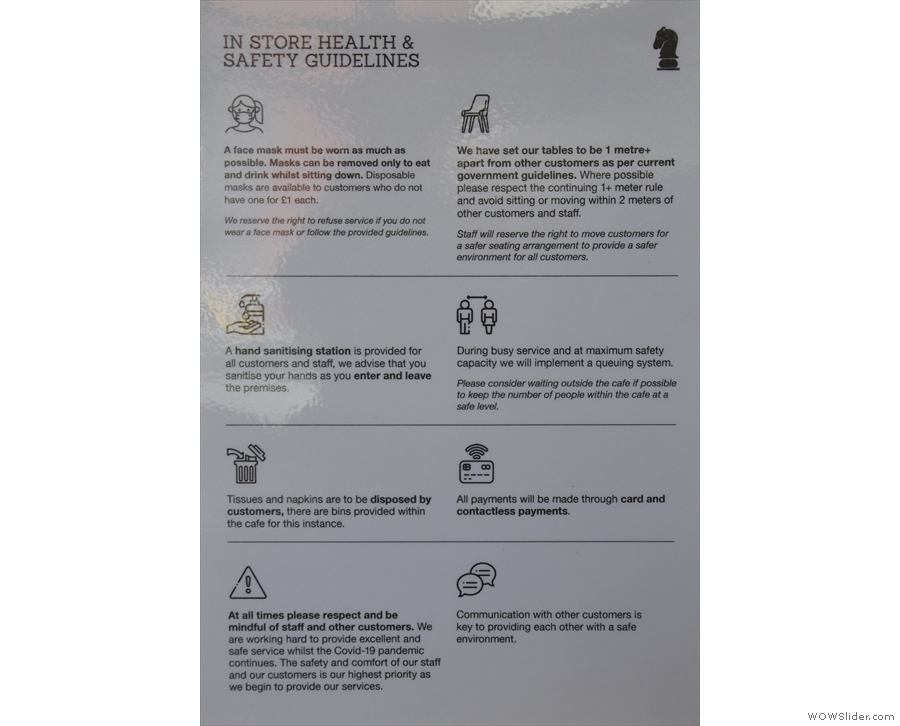
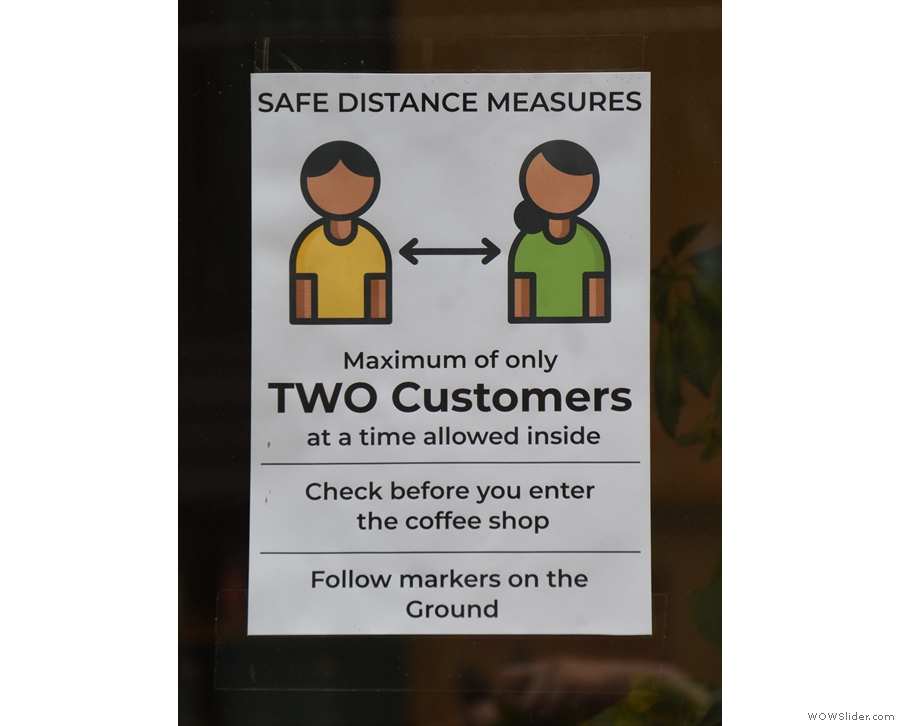
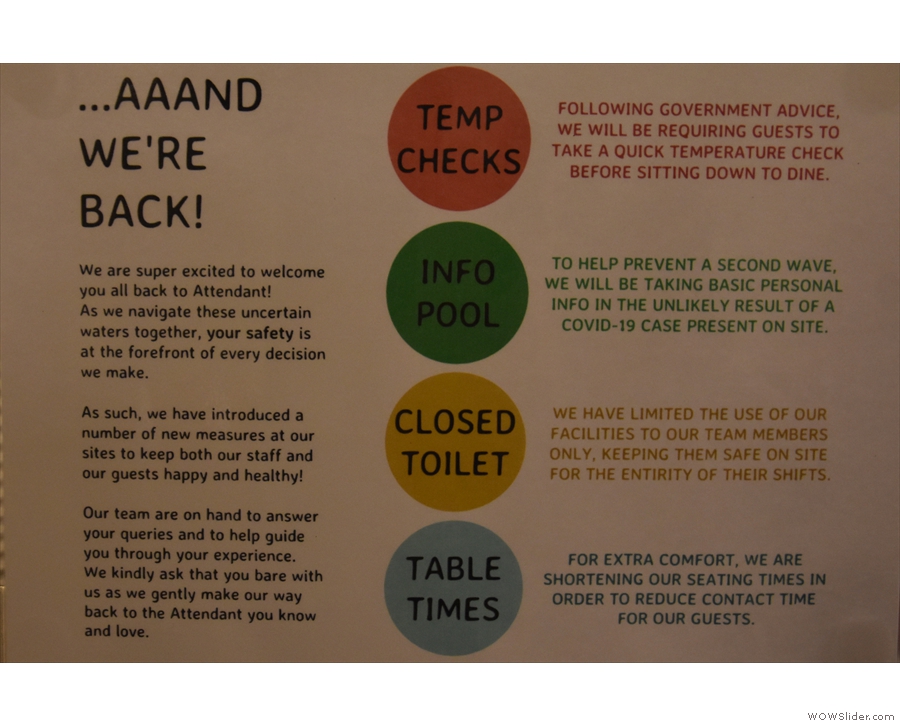
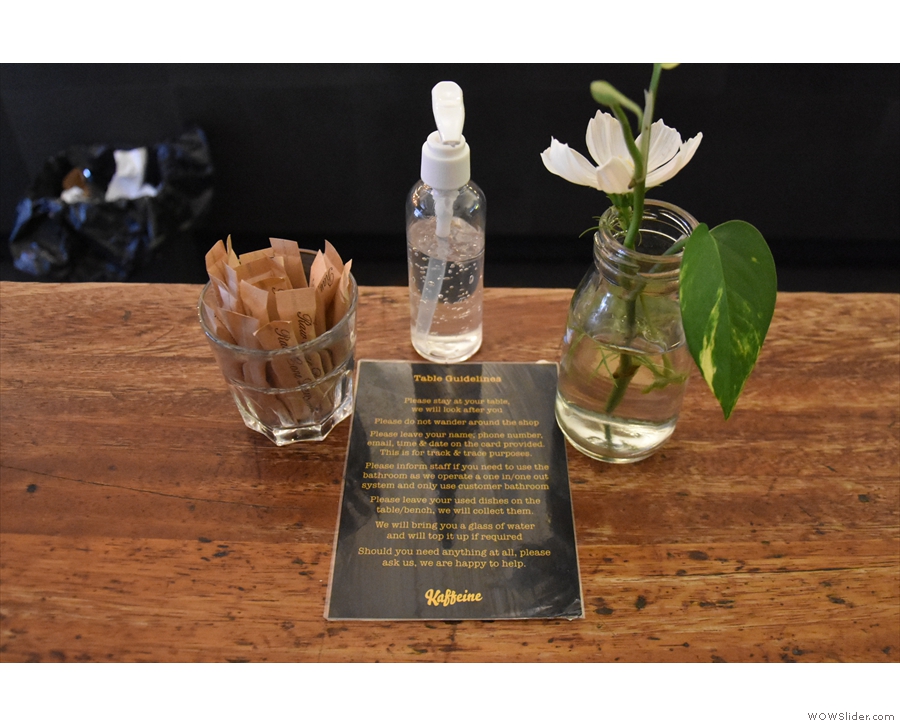
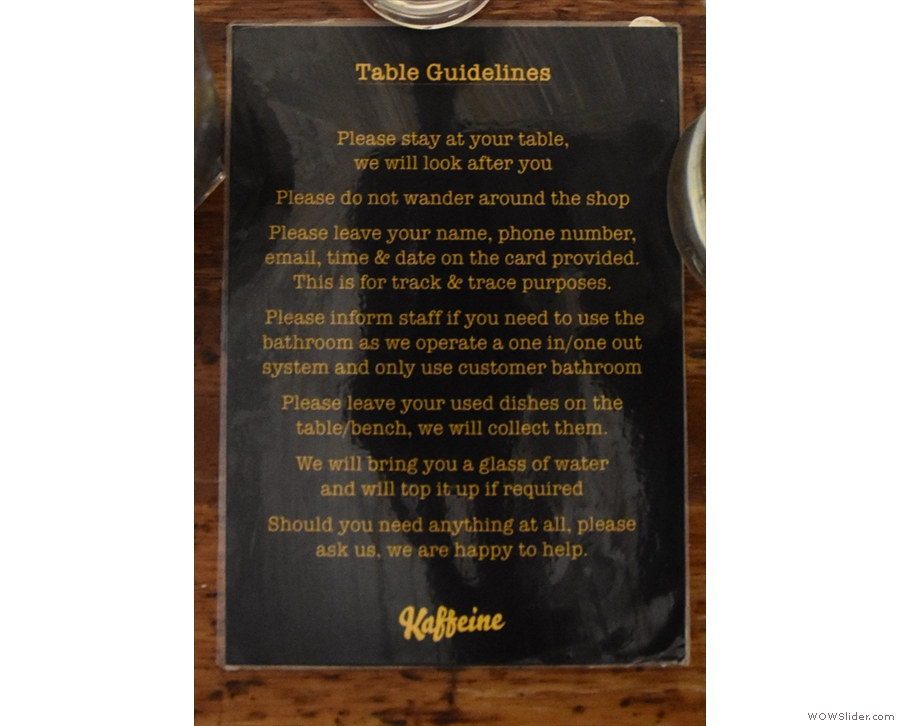
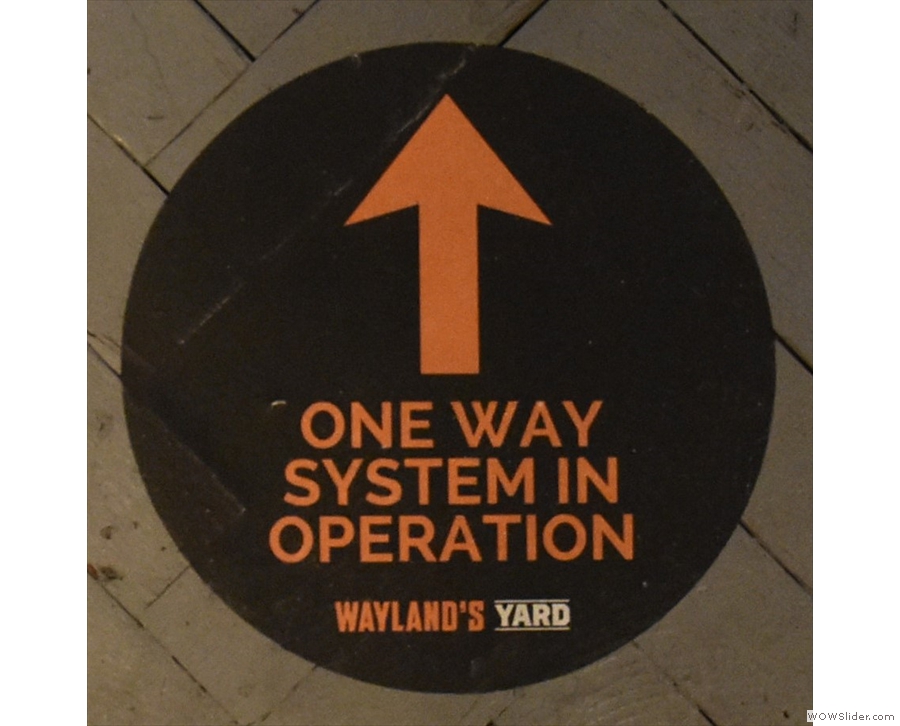
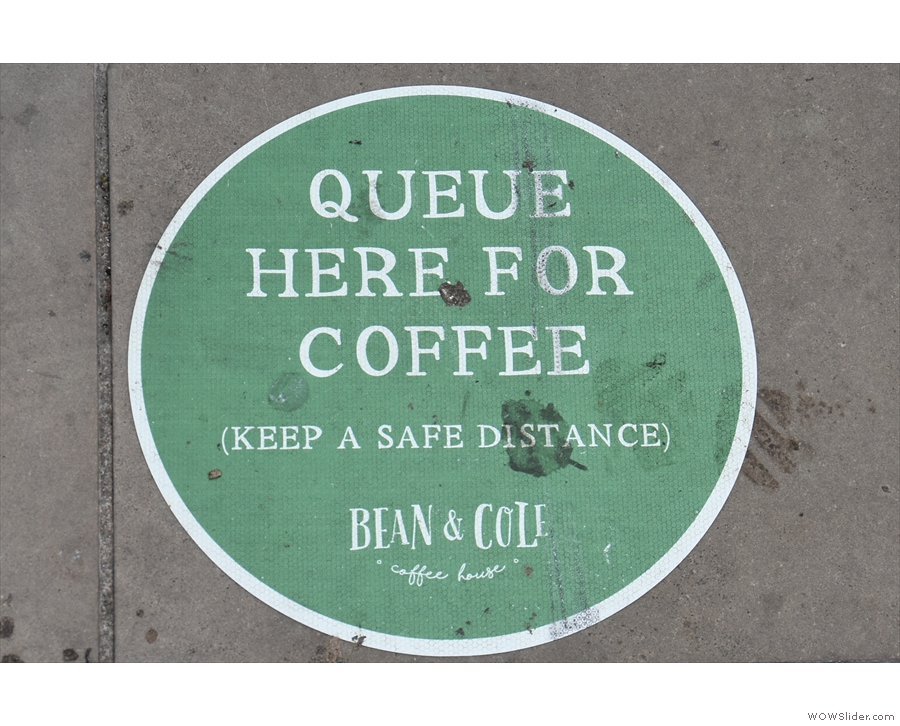
 1
1 2
2 3
3 4
4 5
5 6
6 7
7 8
8 9
9 10
10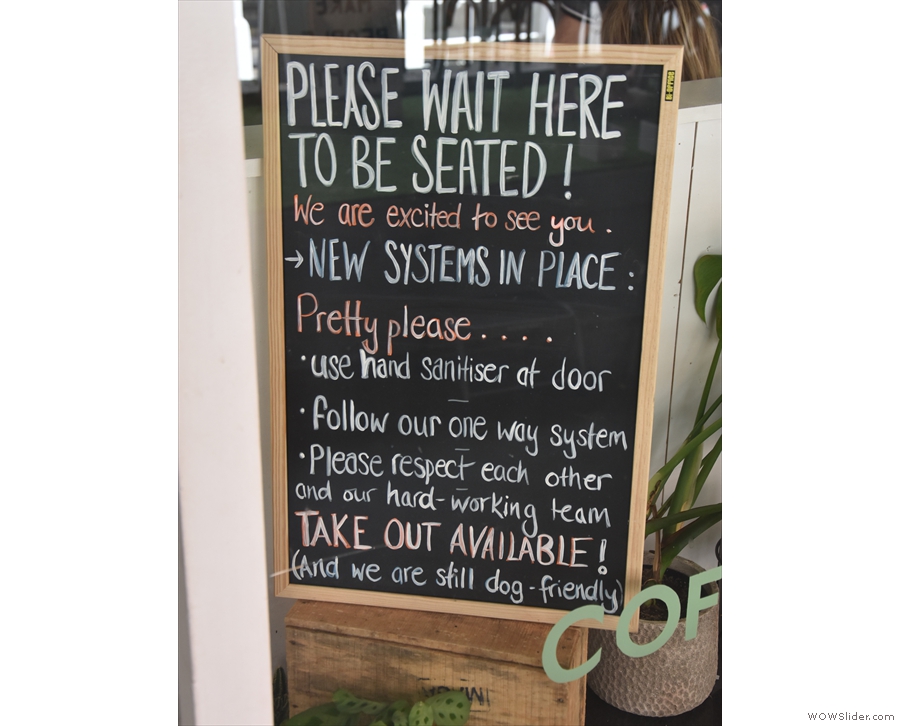
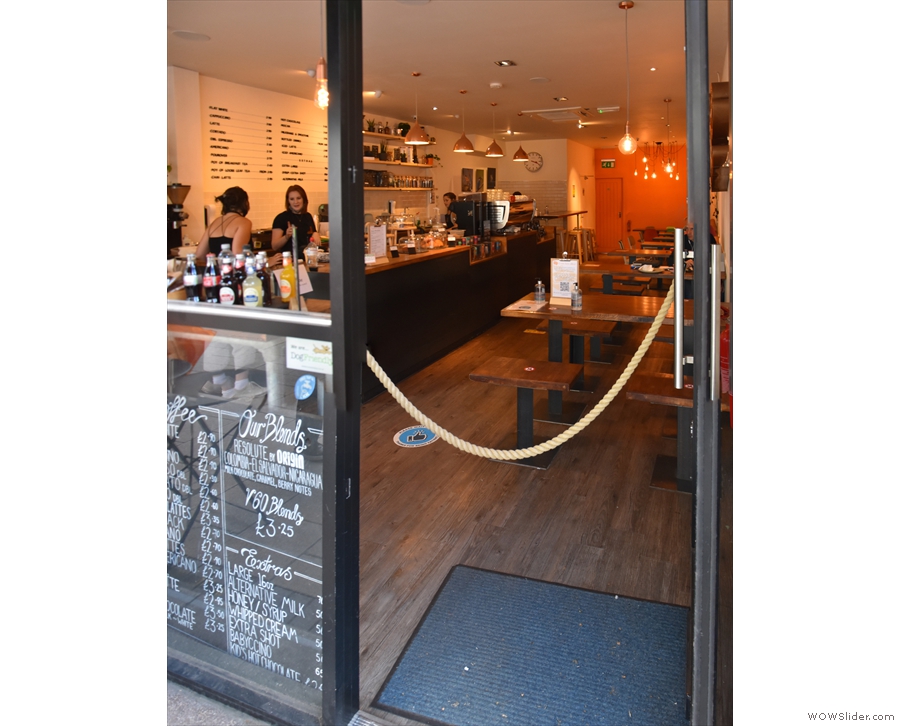
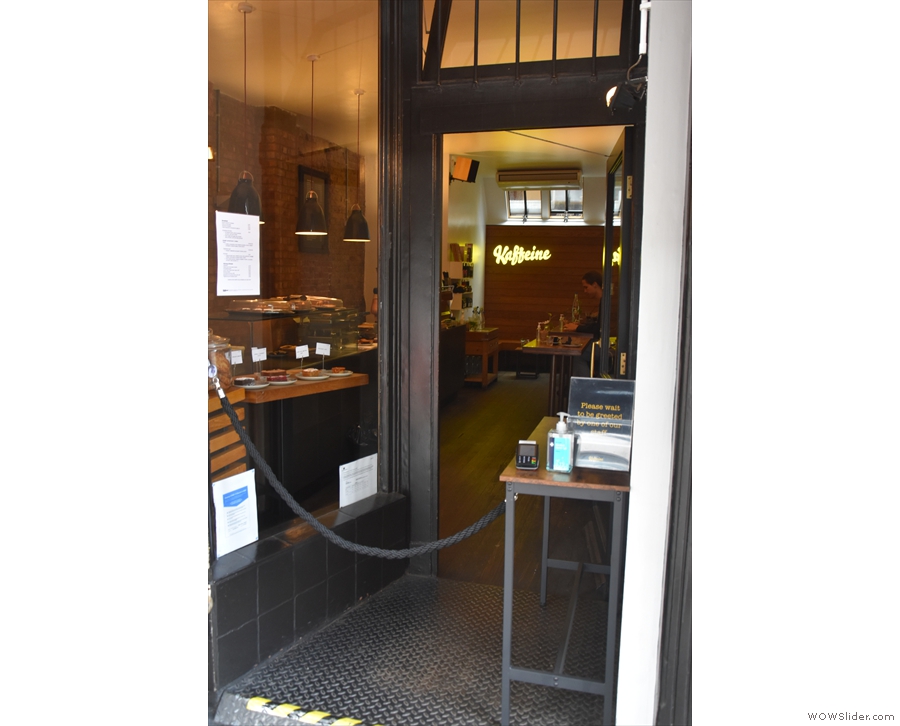
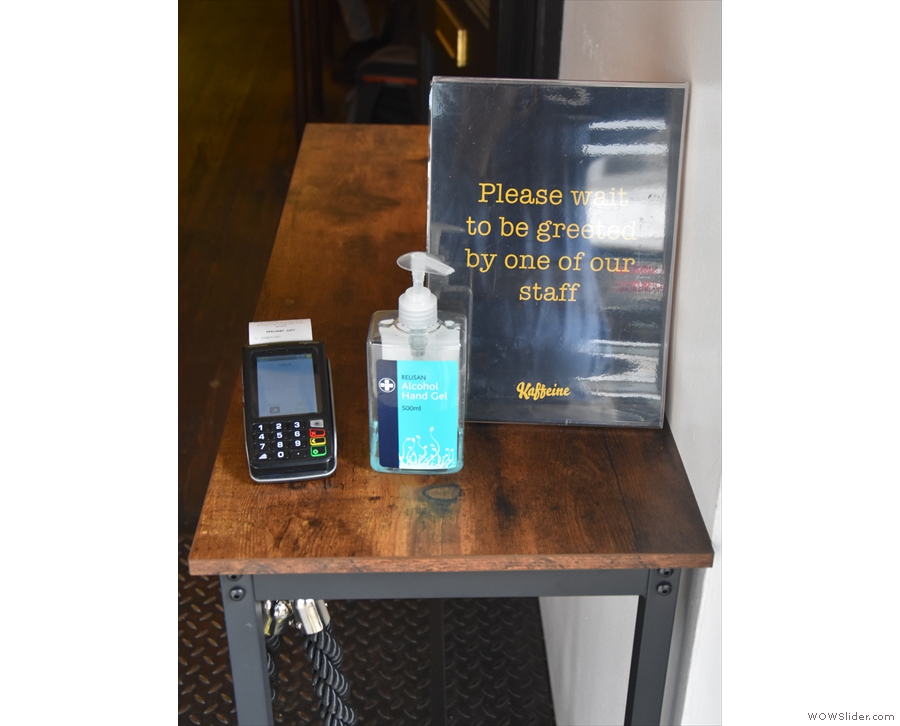
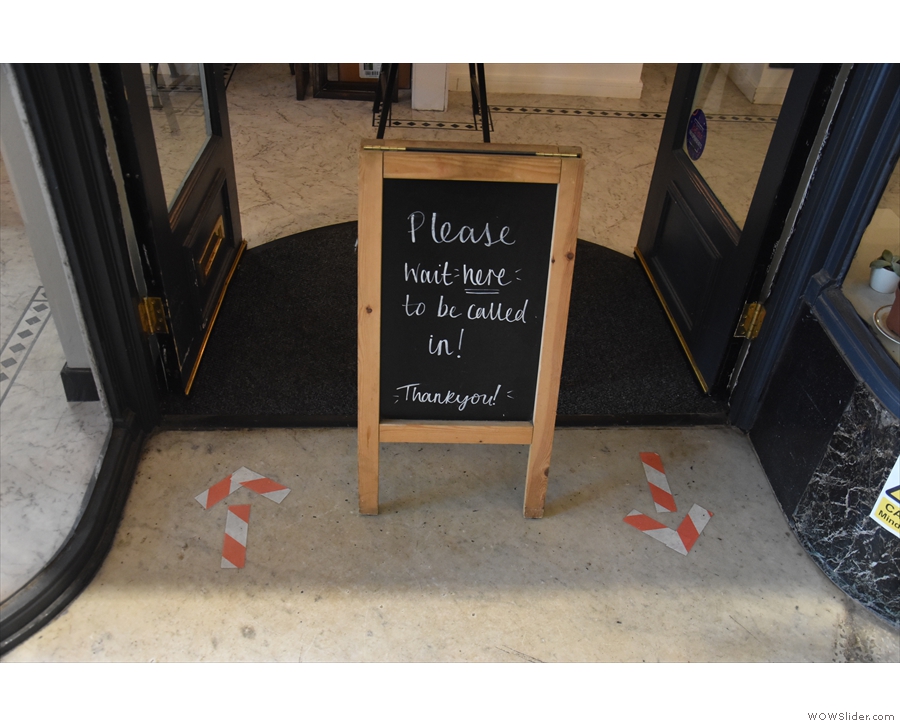
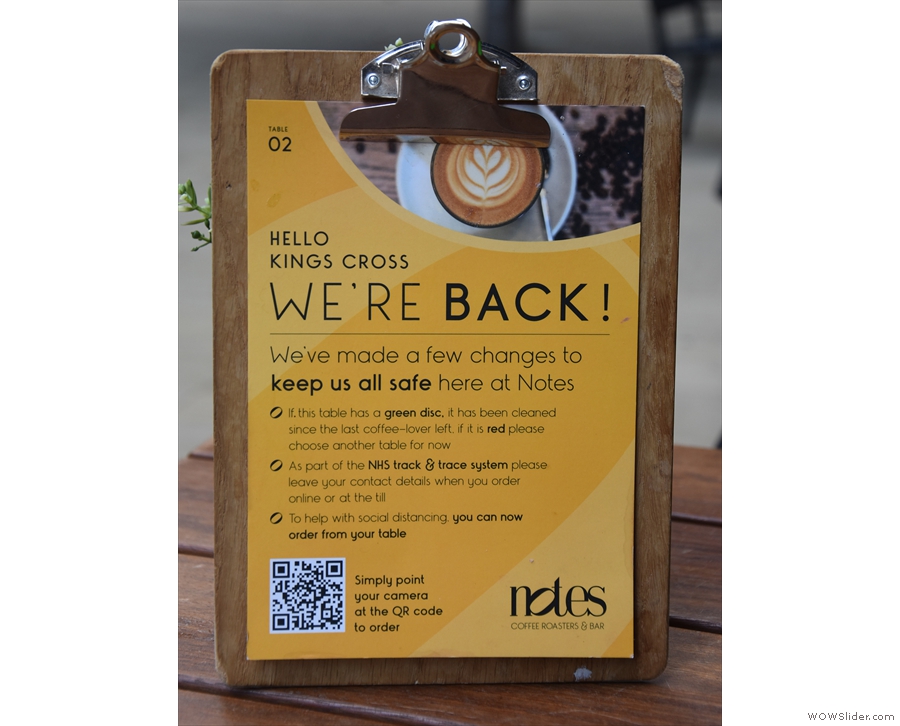
 1
1 2
2 3
3 4
4 5
5 6
6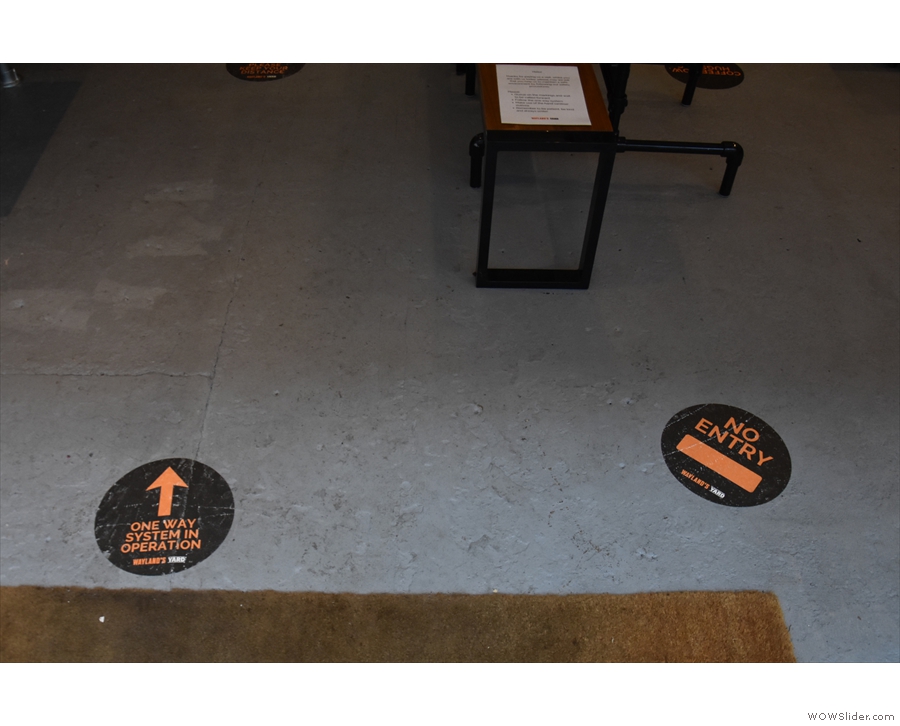
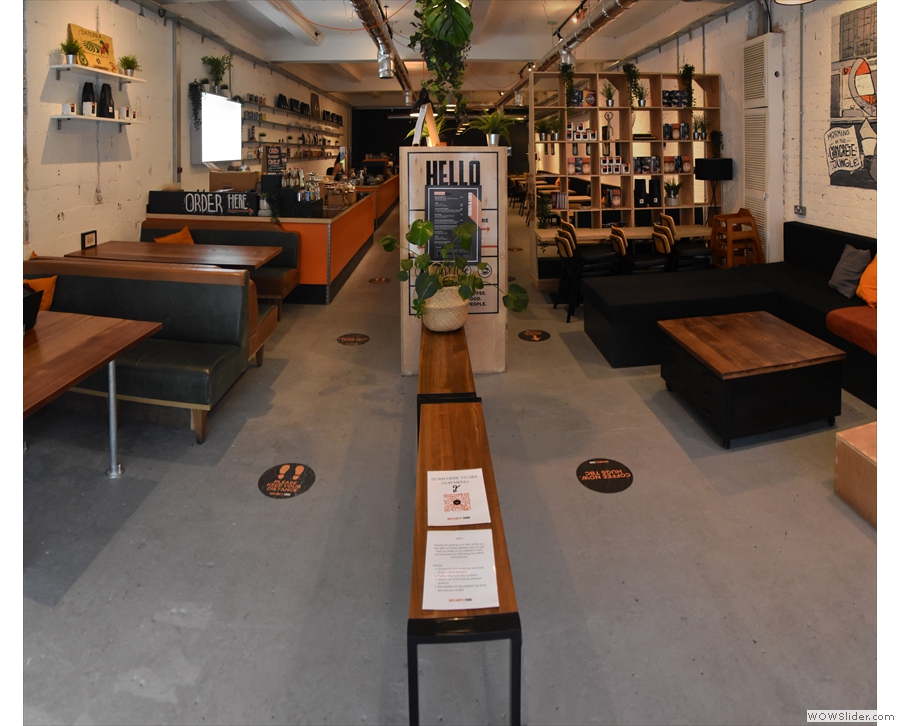
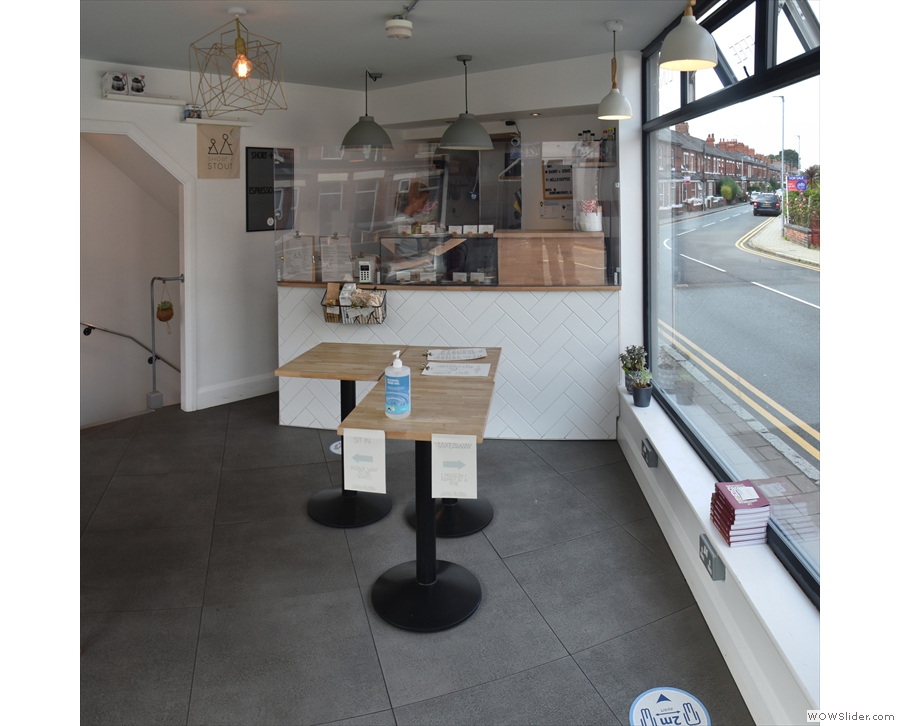
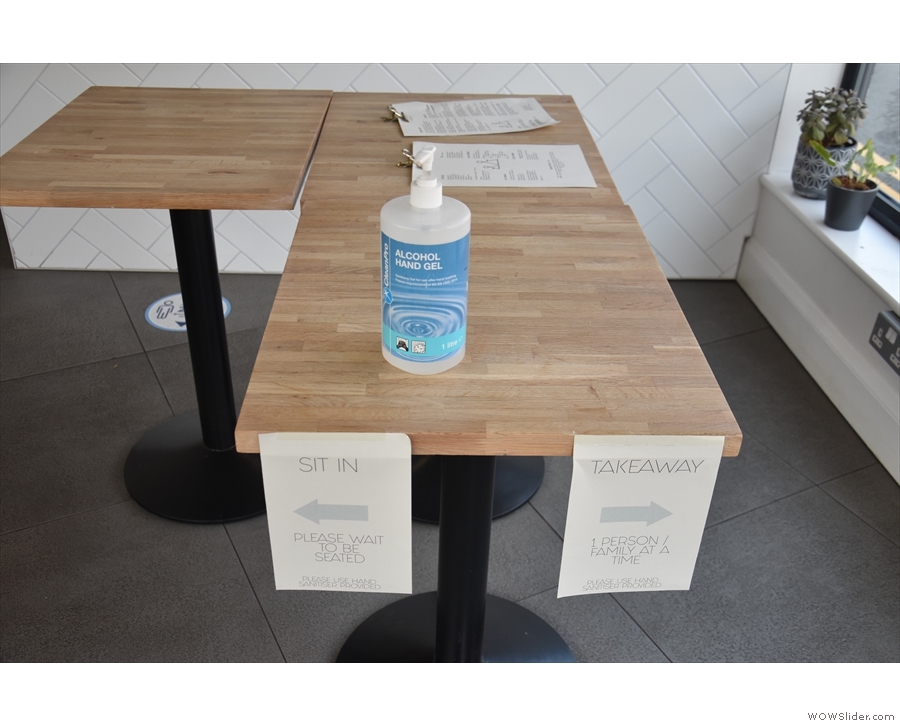
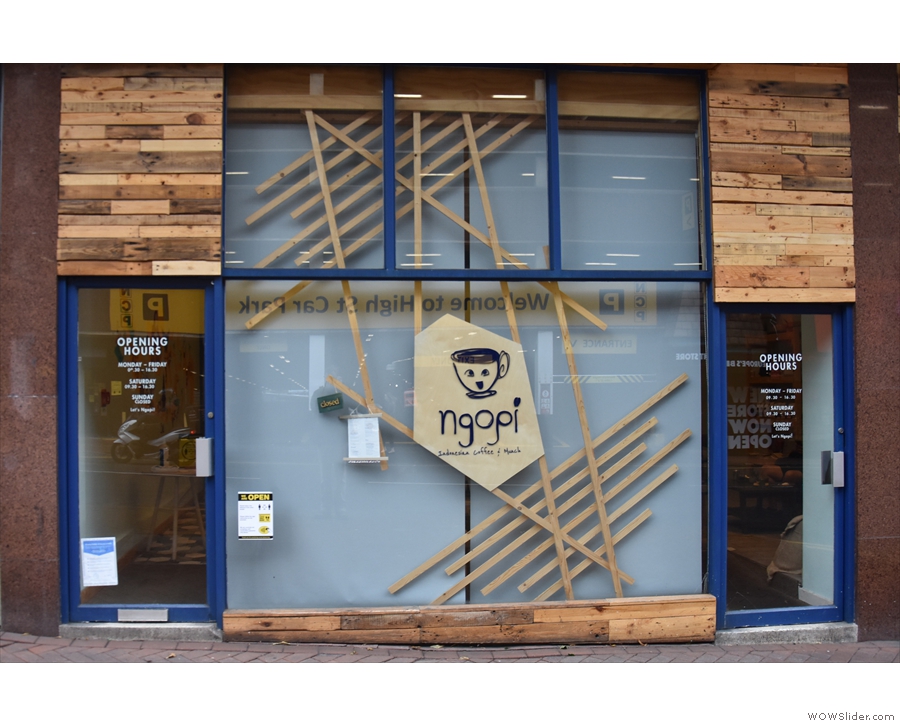
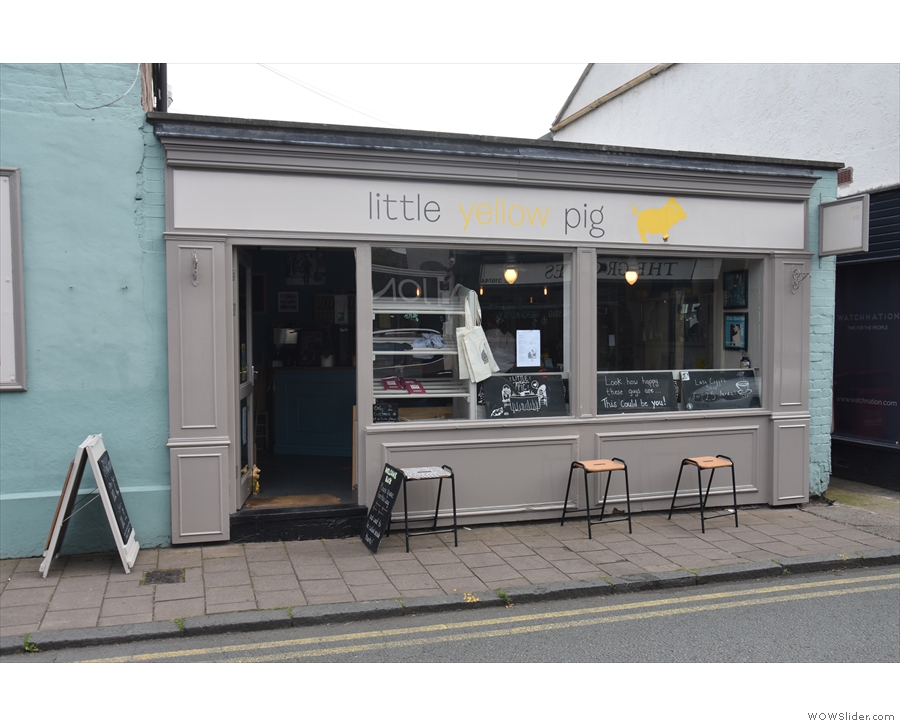
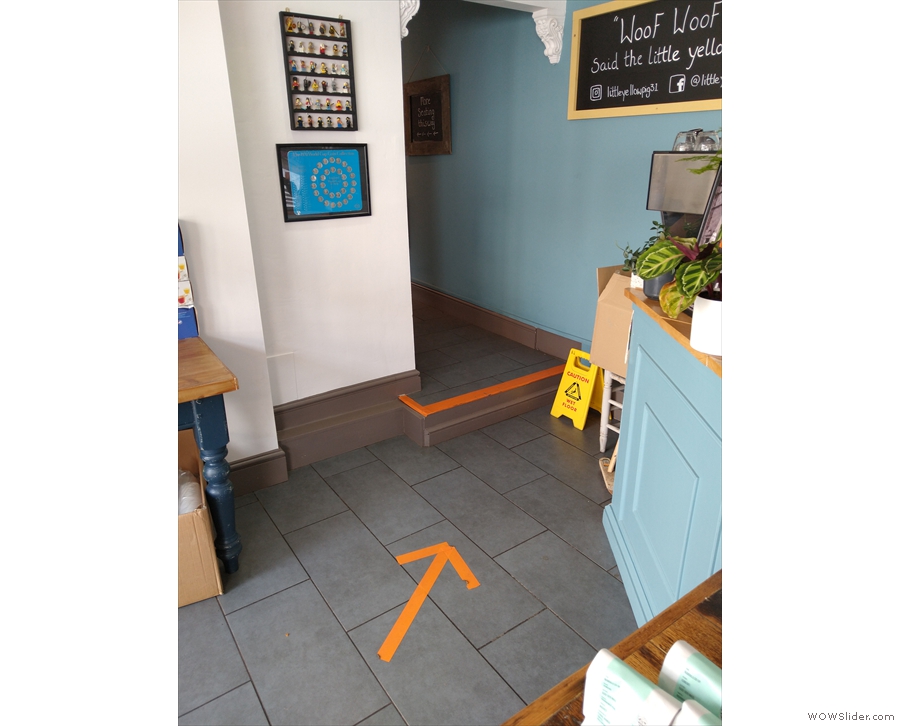
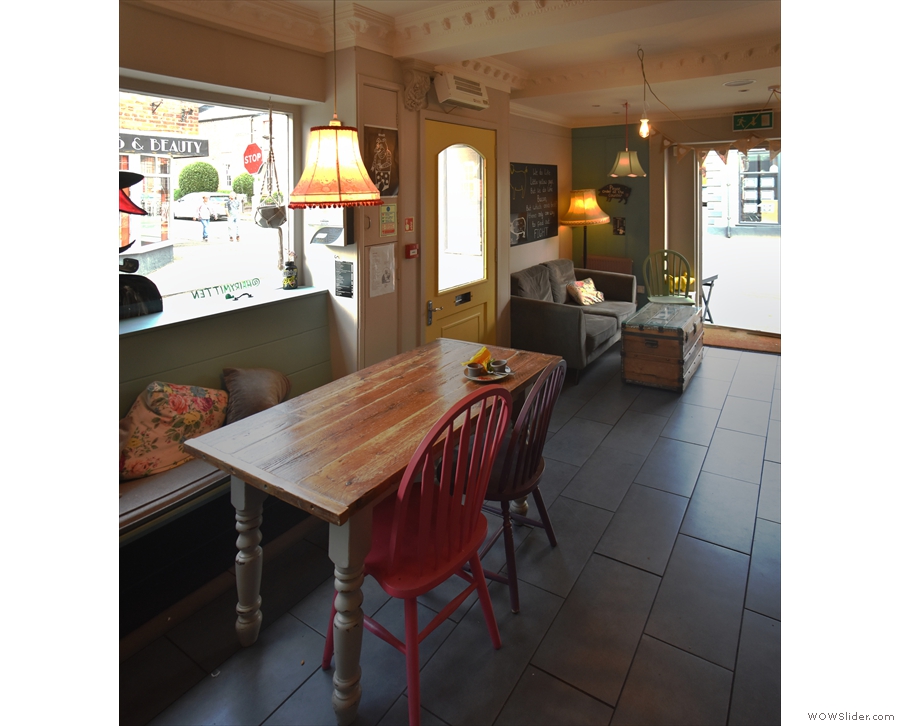
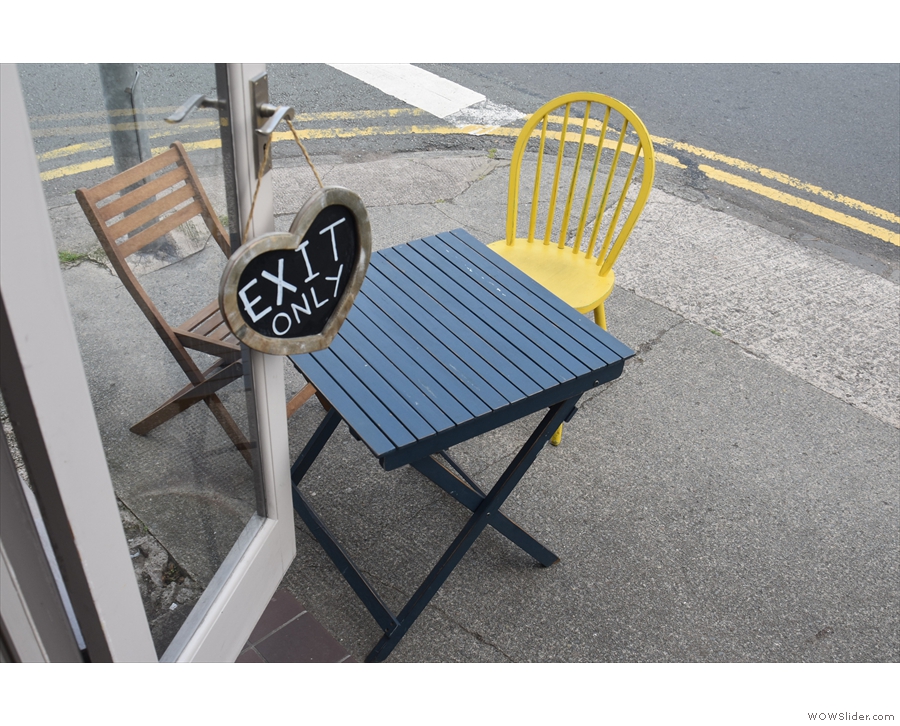
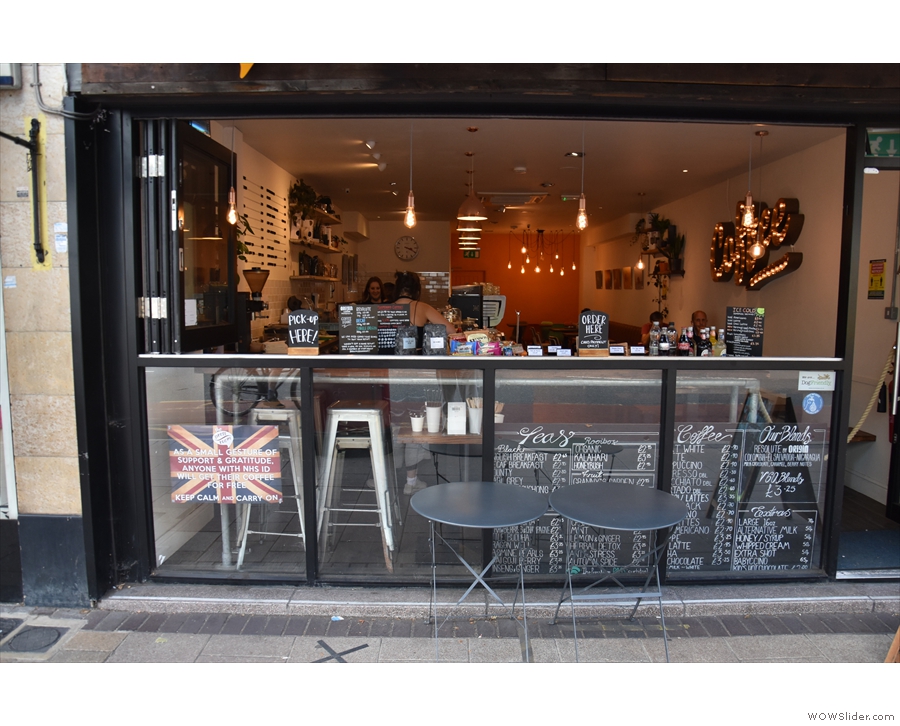

 1
1 2
2 3
3 4
4 5
5 6
6 7
7 8
8 9
9 10
10 11
11
Pingback: Visiting Coffee Shops During COVID-19: Lessons Learnt, Part II | Brian's Coffee Spot
Pingback: COVID-19: The Next Steps | Brian's Coffee Spot
Pingback: The Coffee Spot is Eight! | Brian's Coffee Spot